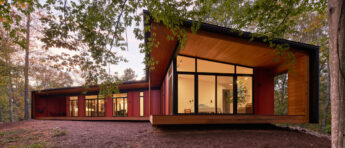
What does midcentury modern even mean these says?
Auction houses, secondhand furniture stores, and realtors make small fortunes from a nomenclature that, despite the fuzziness surrounding its indeterminate span and whether everything made during its indefinite duration ought to be stamped with the same label, continues to demand attention.
 https://commonedge.org/what-does-mi…
https://commonedge.org/what-does-mi…
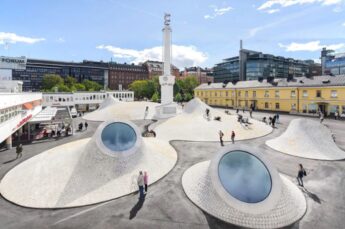
Can Helsinki’s modern architecture grow old gracefully?
The Helsinki skyline is startlingly low for a capital city, its further horizons determined by water and scattered wooded islands.
 https://apollo-magazine.com/helsink…
https://apollo-magazine.com/helsink…
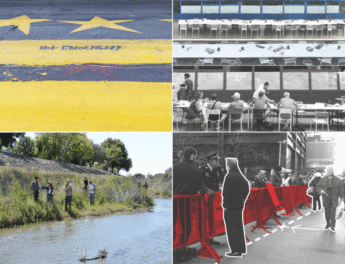
Field Notes on Design Activism: 7
This is the seventh and final installment of a narrative survey in which several dozen educators and practitioners share perspectives on the intensifying demands for meaningful change across design pedagogy and practice.
 https://placesjournal.org/article/f…
https://placesjournal.org/article/f…

What Happens to the Workplace When the Workers Become the Bosses?
Employee-owned companies are a growing force in America. What lessons could they hold for workplace designers?
 https://metropolismag.com/viewpoint…
https://metropolismag.com/viewpoint…
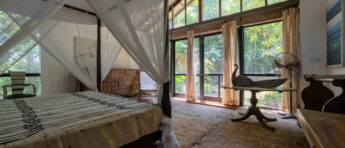
In Praise of a Great Mentor: Working With Geoffrey Bawa
When I was an architecture student in 1980s Vienna, I stumbled into an experience so profound that it has guided my career and professional outlook to this day.
 https://commonedge.org/in-praise-of…
https://commonedge.org/in-praise-of…
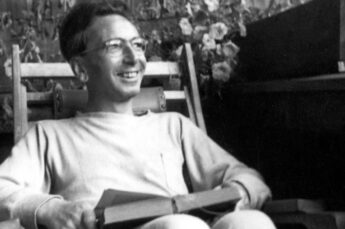
Yes to Life, in Spite of Everything
Viktor Frankl’s lost lectures on moving beyond optimism and pessimism to find the deepest source of meaning.
 https://themarginalian.org/2020/05/…
https://themarginalian.org/2020/05/…
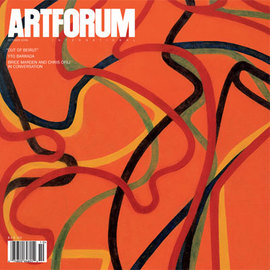
Painters’ paintings
From the archives: Brice Marden and Chris Ofili in conversation
 https://artforum.com/print/200608/b…
https://artforum.com/print/200608/b…
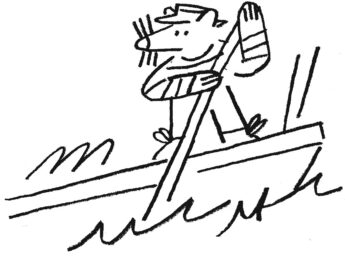
Half of the Future Is Buried in the Past
The Laboratory of the Future, the Eighteenth International Architecture Exhibition of the Venice Architecture Biennale, is open through November 26.
 https://nyra.nyc/articles/laborator…
https://nyra.nyc/articles/laborator…
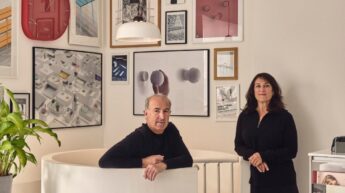
Design Q&A: Industrial Facility
In designs ranging from chairs to a toilet brush, Industrial Facility forgoes a signature aesthetic in favor of long-term relationships and rigorous inquiry.
 https://eamesinstitute.org/kazam-ma…
https://eamesinstitute.org/kazam-ma…
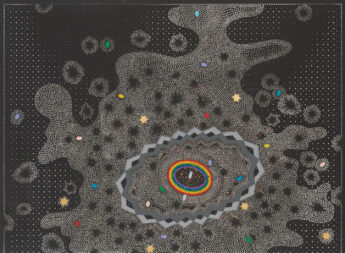
The Spiritual in Art: An Interview with Maurice Tuchman
Maurice Tuchman, LACMA’s first curator (1964–1993) of 20th century art, remains an outsized figure in the history of art in Los Angeles.
 https://eastofborneo.org/articles/t…
https://eastofborneo.org/articles/t…
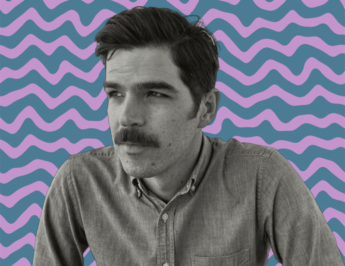
Francisco Cantú Answers the Orion Questionnaire
In which we get to know our favorite writers better by exploring the sacred and mundane.
 https://orionmagazine.org/article/f…
https://orionmagazine.org/article/f…
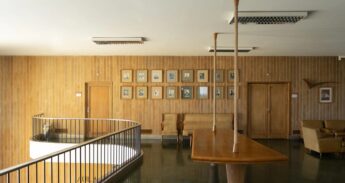
Spanish Twist
Spain has a rich yet relatively little-known legacy of Modernist architecture and design. The unique sculptural sensibility of its postwar interiors is particularly striking.
 https://worldofinteriors.com/story/…
https://worldofinteriors.com/story/…
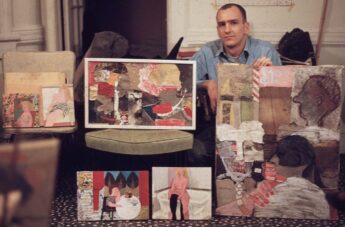
“Tight and small and figurative”: Tom Wesselmann’s early collages
Susan Davidson, editor of the forthcoming monograph on the Great American Nudes, a series of works by Tom Wesselmann, explores the artist’s early experiments with collage, tracing their development from humble beginnings to the iconic series of paintings.
 https://gagosian.com/quarterly/2023…
https://gagosian.com/quarterly/2023…
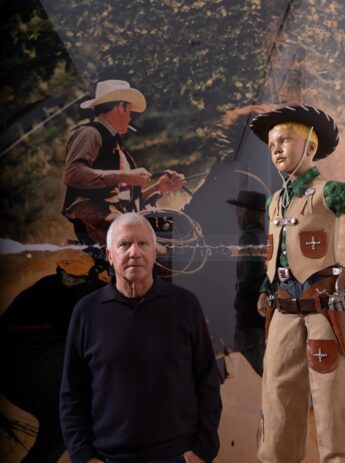
How Larry Gagosian reshaped the art world
The dealer has been so successful selling art to masters of the universe that he has become one of them.
 https://newyorker.com/magazine/2023…
https://newyorker.com/magazine/2023…
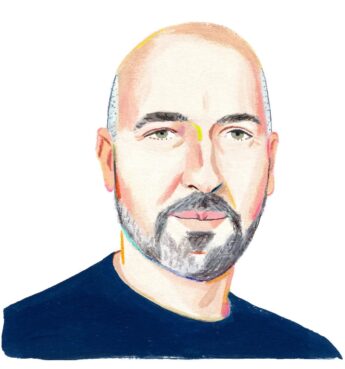
Douglas Stuart Doesn’t Need 3 People at His Dream Dinner Party
“I regret that I never met Hilary Mantel,” says the Booker-winning Scottish novelist, whose most recent book, “Young Mungo,” is now out in paperback. “I would be delighted with three of her.”
 https://nytimes.com/2023/07/06/book…
https://nytimes.com/2023/07/06/book…
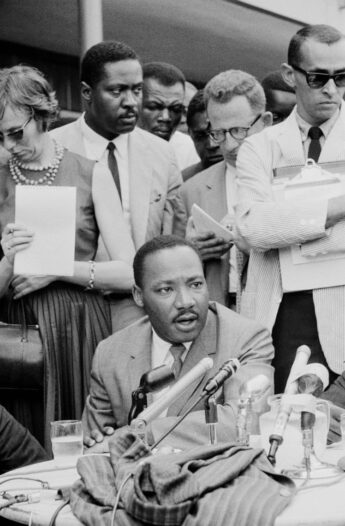
My life in the aftermath of Martin Luther King’s assassination
After my friend was killed, I considered taking up arms. But his legacy called me back to a different way of living.
 https://newyorker.com/culture/perso…
https://newyorker.com/culture/perso…
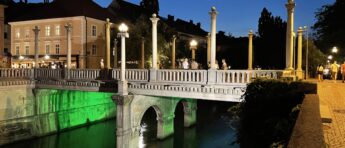
Letter From Ljubljana, Slovenia: The Human-Centered Urbanism of Jože Plečnik
Recently I traveled to Ljubljana, Slovenia, in search of the religious architecture of the celebrated (but largely unknown in the U.S.) Slovenian architect Jože Plečnik (1872–1957).
 https://commonedge.org/letter-from-…
https://commonedge.org/letter-from-…
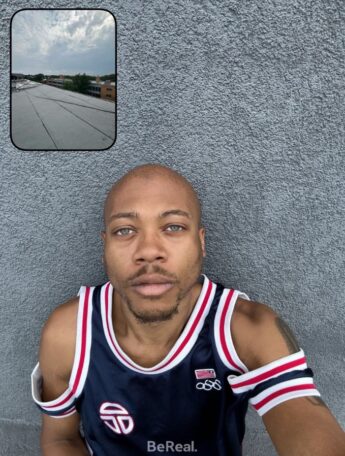
D’Angelo Lovell Williams’s Nuanced Vision of Black Queer Love
The Brooklyn-based nonbinary artist discusses their recent foray into weaving and how photographs can challenge the seemingly static images in our minds.
 https://hyperallergic.com/831389/da…
https://hyperallergic.com/831389/da…
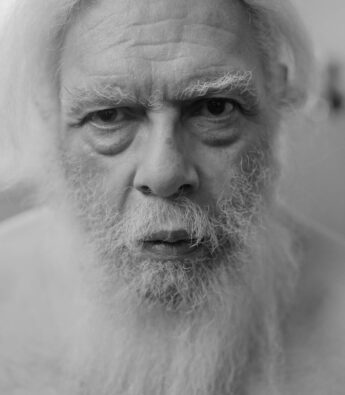
How Samuel R. Delany Reimagined Sci-Fi, Sex, and the City
A visionary novelist and a revolutionary chronicler of gay life, he’s taken American letters to uncharted realms.
 https://newyorker.com/magazine/2023…
https://newyorker.com/magazine/2023…
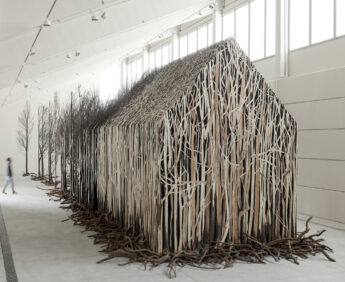
Interviews: Doris Salcedo
Doris Salcedo on making art out of violence.
 https://artforum.com/interviews/dor…
https://artforum.com/interviews/dor…
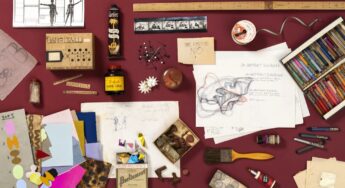
Ray’s Hand
Ray Kaiser Eames (1912–88) trained as an artist and Charles as an architect but they each brought many more skills and interests to what—beginning with their marriage in 1941—became one of the most creative partnerships of the twentieth century.
 https://eamesinstitute.org/collecti…
https://eamesinstitute.org/collecti…

Housing Can Help Cultivate Connections. Here’s How To Do It Right.
Placing compatible uses together can add convenience, support social encounters, and build lasting bonds. Just look at East Oakland’s Tassafaronga Village.
 https://nextcity.org/urbanist-news/…
https://nextcity.org/urbanist-news/…

100 years of Le Corbusier: what does he mean to today’s architects?
The towering and divisive figure who transformed architecture published his manifesto for modernism in 1923.
 https://theguardian.com/artanddesig…
https://theguardian.com/artanddesig…
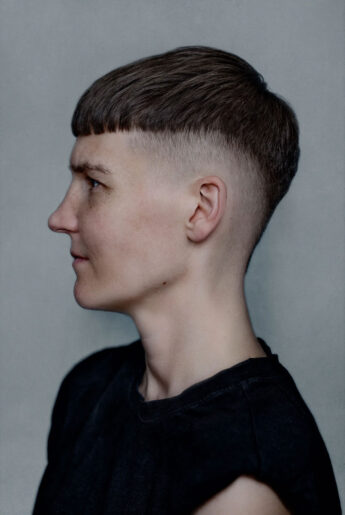
Pilvi Takala and the Art of Awkwardness
The Finnish artist is quietly taking notes as the people around her lose their shit.
 https://newyorker.com/magazine/2023…
https://newyorker.com/magazine/2023…
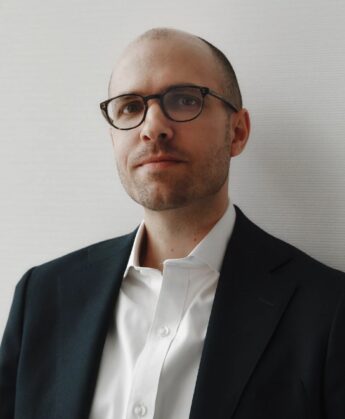
A. G. Sulzberger on the Battles Within and Against the New York Times
The paper’s publisher discusses bias in reporting, the Times’ financial comeback, and criticisms of its coverage of Trump, trans issues, and the war in Ukraine.
 https://newyorker.com/culture/the-n…
https://newyorker.com/culture/the-n…
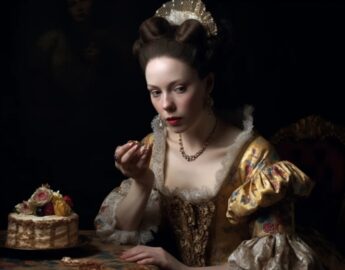
What is the point of profit?
Because "to make shareholders rich" isn't good enough anymore.
 https://elysian.press/p/what-is-the…
https://elysian.press/p/what-is-the…

 https://commonedge.org/what-does-mi…
https://commonedge.org/what-does-mi…

 https://apollo-magazine.com/helsink…
https://apollo-magazine.com/helsink…

 https://placesjournal.org/article/f…
https://placesjournal.org/article/f…

 https://metropolismag.com/viewpoint…
https://metropolismag.com/viewpoint…

 https://commonedge.org/in-praise-of…
https://commonedge.org/in-praise-of…

 https://themarginalian.org/2020/05/…
https://themarginalian.org/2020/05/…

 https://artforum.com/print/200608/b…
https://artforum.com/print/200608/b…

 https://nyra.nyc/articles/laborator…
https://nyra.nyc/articles/laborator…

 https://eamesinstitute.org/kazam-ma…
https://eamesinstitute.org/kazam-ma…

 https://eastofborneo.org/articles/t…
https://eastofborneo.org/articles/t…

 https://orionmagazine.org/article/f…
https://orionmagazine.org/article/f…

 https://worldofinteriors.com/story/…
https://worldofinteriors.com/story/…

 https://gagosian.com/quarterly/2023…
https://gagosian.com/quarterly/2023…

 https://newyorker.com/magazine/2023…
https://newyorker.com/magazine/2023…

 https://nytimes.com/2023/07/06/book…
https://nytimes.com/2023/07/06/book…

 https://newyorker.com/culture/perso…
https://newyorker.com/culture/perso…

 https://commonedge.org/letter-from-…
https://commonedge.org/letter-from-…

 https://hyperallergic.com/831389/da…
https://hyperallergic.com/831389/da…

 https://newyorker.com/magazine/2023…
https://newyorker.com/magazine/2023…

 https://artforum.com/interviews/dor…
https://artforum.com/interviews/dor…

 https://eamesinstitute.org/collecti…
https://eamesinstitute.org/collecti…

 https://nextcity.org/urbanist-news/…
https://nextcity.org/urbanist-news/…

 https://theguardian.com/artanddesig…
https://theguardian.com/artanddesig…

 https://newyorker.com/magazine/2023…
https://newyorker.com/magazine/2023…

 https://newyorker.com/culture/the-n…
https://newyorker.com/culture/the-n…

 https://elysian.press/p/what-is-the…
https://elysian.press/p/what-is-the…